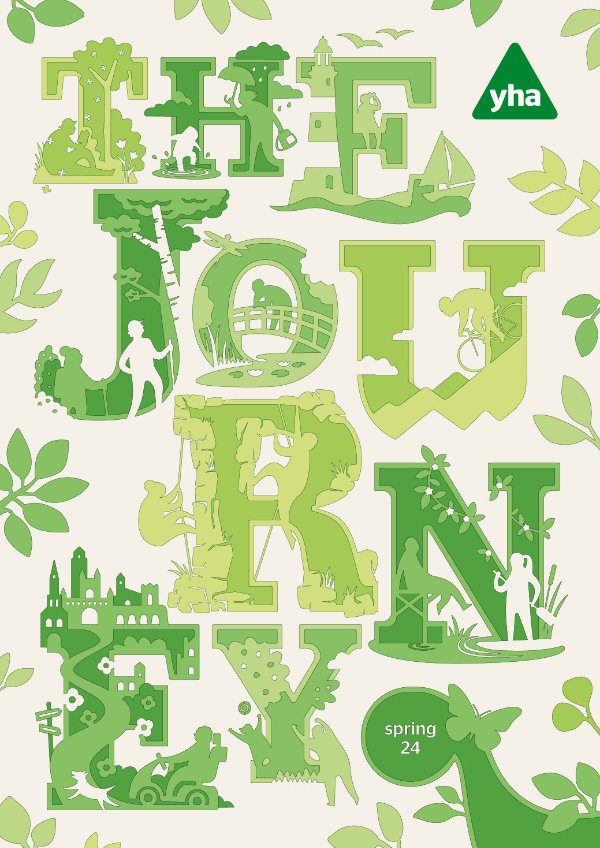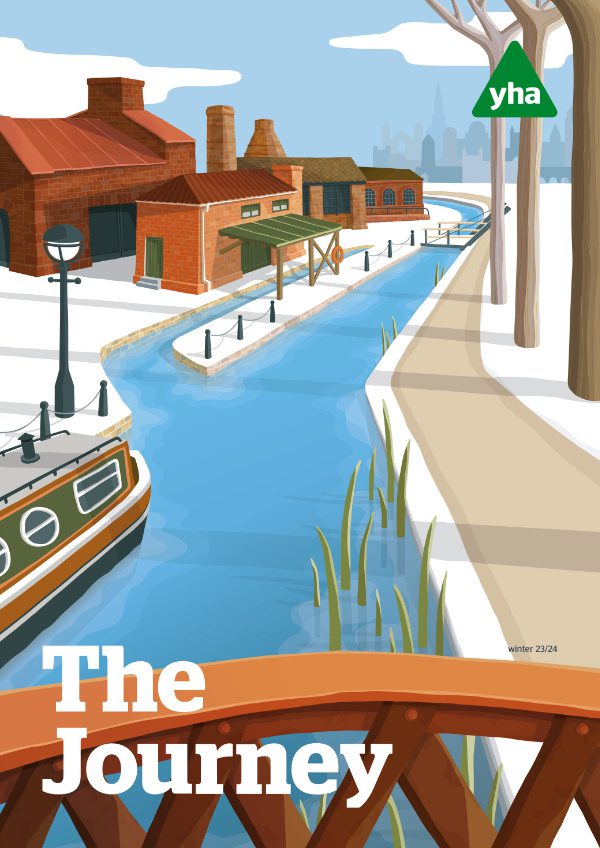Ben Lerwill packs his swimming costume for a visit to the South West.
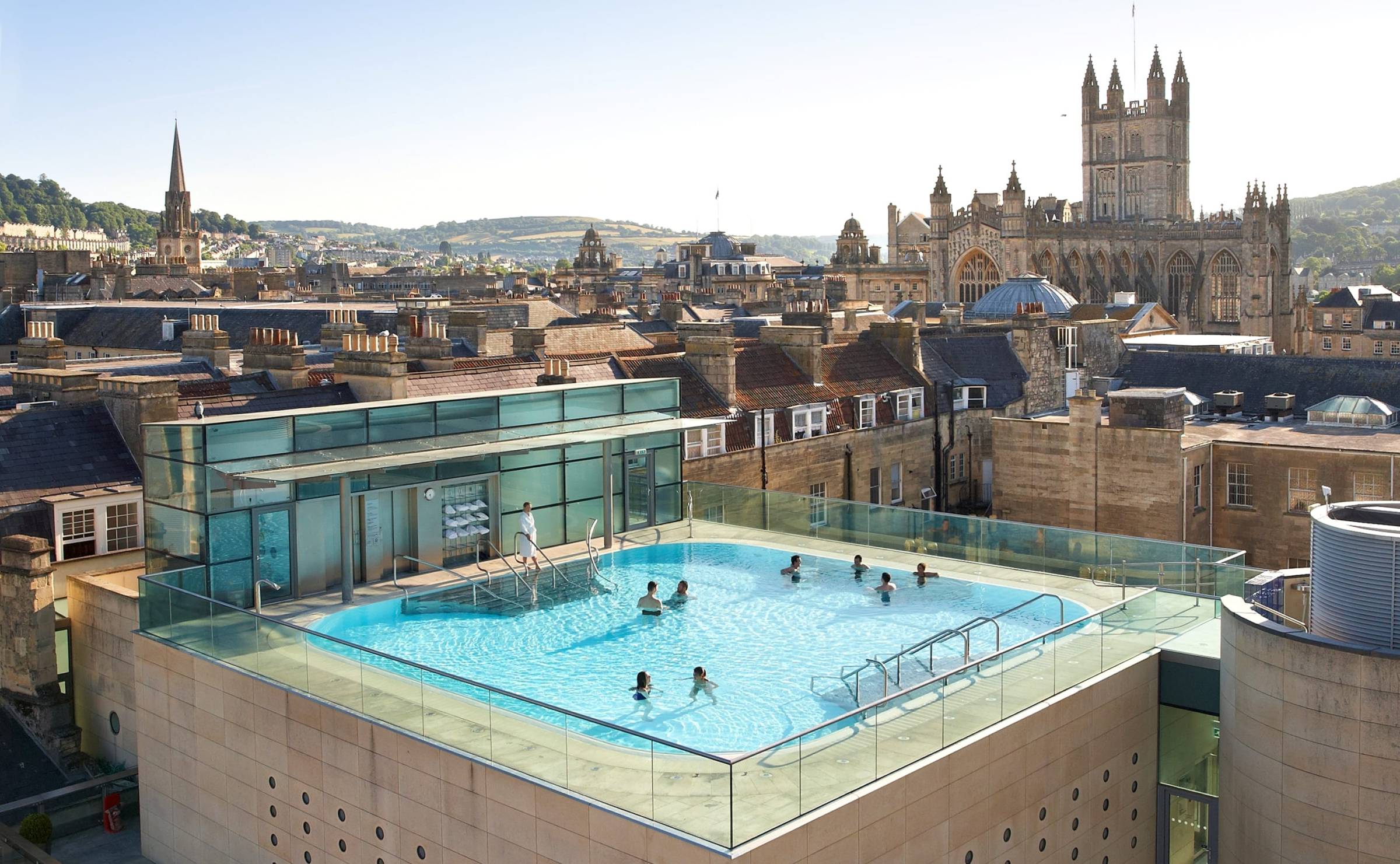
The past bubbles up around you in Bath. I’m wallowing in what must surely be the country’s most unique rooftop pool, staring out at the Mendip Hills and soaking myself in water that originally fell as rain during the Stone Age. More than a million litres of 46˚C spring water still pour from the ground here every day, having undergone a multi-millennia-long process of filtering far underground, heating up geothermally then rising again to city level at precisely the temperature that makes you reluctant to ever get out and fetch your towel. It’s called Bath for a reason.
When the Romans arrived at this spot, in the middle of the first century AD, they saw the steaming, bubbling waters flowing from the earth and fancied there must be a higher power at work. Before long they’d built a grand colonnaded bathhouse for soaking purposes, and an adjacent temple for giving thanks to the goddess thoughtful enough to pump in the H2O. For anyone that saw themselves as a social climber, this rural, far-flung corner of the Roman Empire became the place to be seen.
The original Roman Baths can still be visited today. You can’t swim in them anymore – that’s a pleasure reserved for the nearby Thermae Bath Spa, where the rooftop pool and a series of other indulgences provide a distinctly 21st-century version of taking the waters – but they provide a phenomenal window into the past.
Roman treasures

You don’t need to be a historian to be wowed by the skeletons and coin hoards on display, and you don’t need to be a scholar to linger over the extraordinary remains of the temple. But as ever with visitor attractions like this, it’s the little details that offer up just as many riches. Don’t miss the curse tablets, little squares of lead engraved by disgruntled Romans then thrown into the waters, to be dealt with by deities. “May whoever stole my gloves,” reads one furious request, “lose his mind and his eyes”. Two thousand years on, you can still feel the rage.
The classical period is just one chapter in Bath’s story, of course. As you walk down into the centre from YHA Bath’s hillside perch, spread out before you is a city shaped largely by the prim-and-proper Georgian era. Almost every building is made from the same warm Bath Stone, a locally excavated limestone the colour of set honey. If you chance upon a sunny day – and you never know your luck – to walk along Great Pulteney Street is to imagine top-hatted gentry and parasol-twirling heiresses dabbing their brows and making plans for high tea.
Literary luminaries
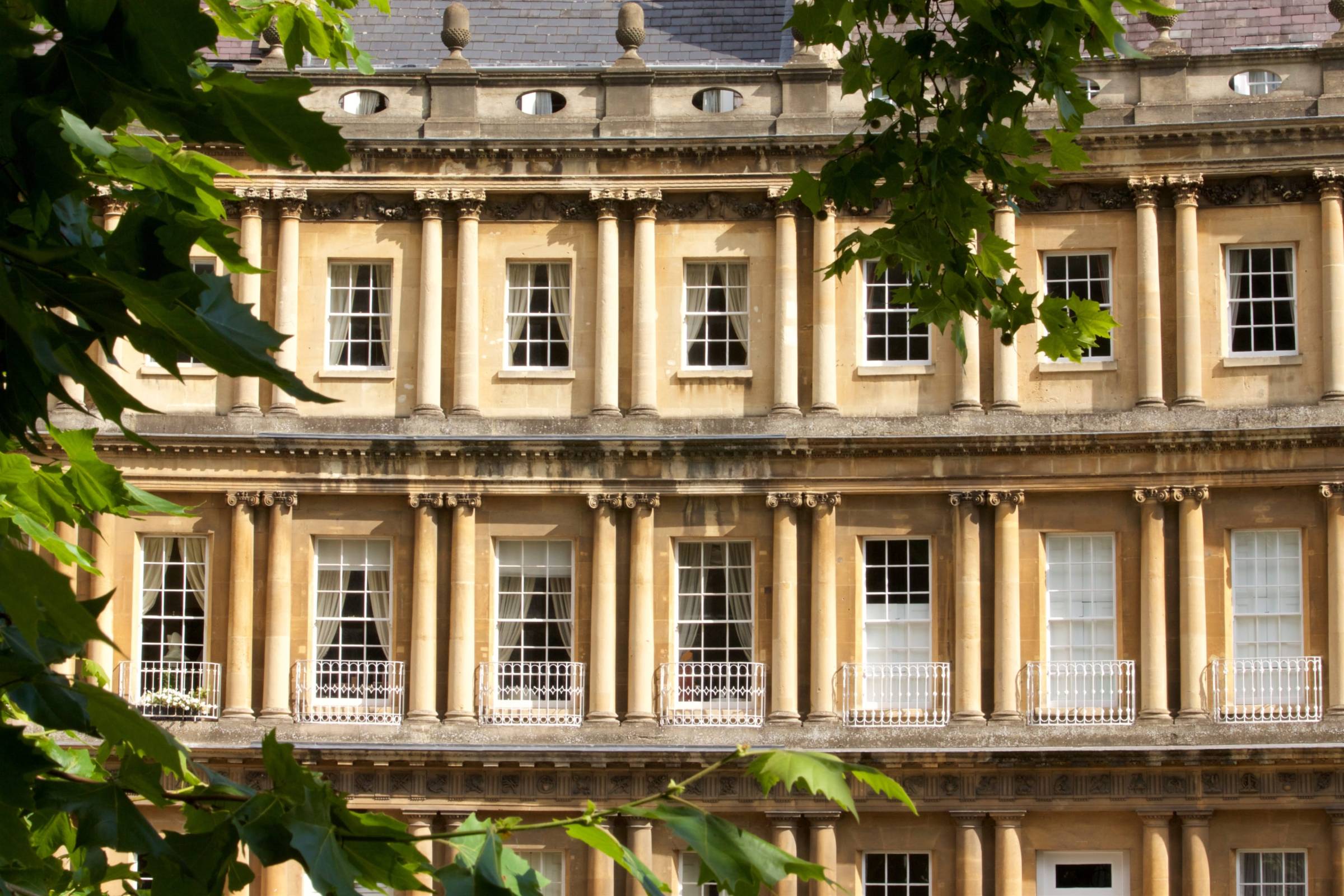
The sardonically brilliant Jane Austen set two of her six novels here in Bath and spent several years of her own life, from 1801 to 1806, living in the city. Just as the warm mineral waters had attracted Roman settlement, their perceived health benefits also drew the high society of the 18th and 19th centuries. “Oh, they all came here, right enough,” one local tells me. “There’s history behind every window.” The city today has a dedicated Jane Austen Centre (a diverting hour if you know your Catherine Morland from your Colonel Brandon, but otherwise a little slim) and just minutes away are two of Bath’s grandest architectural set pieces, both of them aglow with Austen-era majesty.
The first is The Circus, a perfect circle of tall townhouses looking out onto five mighty plane trees. It’s well worth wandering out to the trees and staring back at the houses, imagining the endless stories lived out in their drawing rooms and parlours. But even The Circus pales next to the Royal Crescent, which I reach a little further uphill, where a vast arc of stately residences gazes out towards the countryside. Keep an eye out for the yellow front door at No 22, which sticks out its tongue at the establishment by being the only non-white door on the Crescent. It’s successfully seen off a public enquiry. Jane Austen would doubtless have approved.
Not far away, it’s free to enter the Upper Assembly Rooms, where dances and other entertainments were held at least twice a week when Bath’s reputation was at its height. The bunkbed-sized chandeliers give some sense of the money that was flying around the city. In the same building is the highly rated Fashion Museum, where I follow a chronological journey that leads from Tudor shirts and embroidered petticoats to Dior T-shirts and Nike trainers. I’d recommend a visit if you like that sort of thing, partly because it’s beautifully done and partly because it’s just the right size to fit into a morning or afternoon.
Cakes and crescents
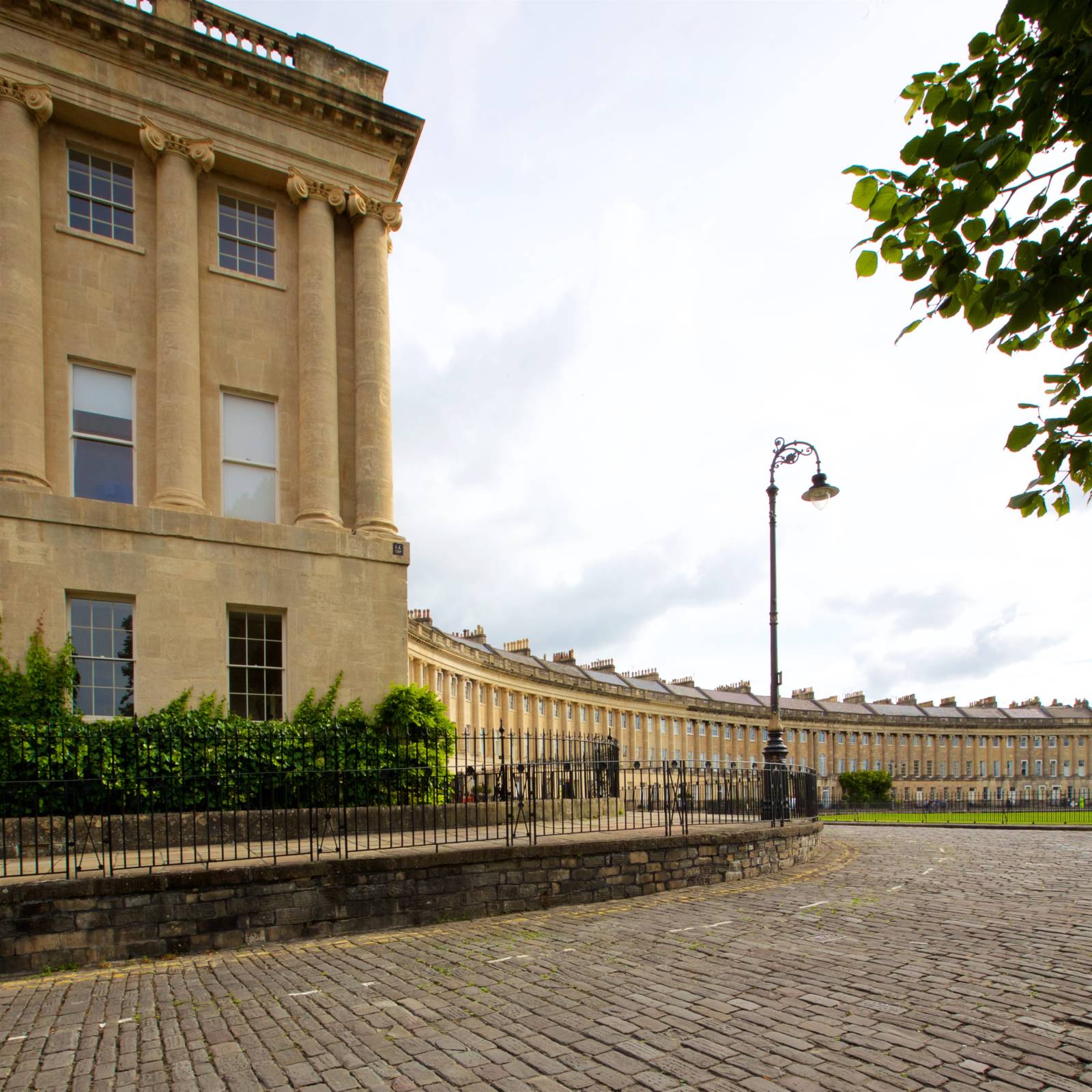
Bath has various other visitor magnets. I enjoy going to the finely decorated Abbey, where they’re currently redoing the underfloor heating to make use of the thermal waters (what took them so long?). And I head along to the tourist-focused Sally Lunn’s Eating House convinced it’s going to be gimmicky but end up devouring one of the historic café’s signature buns with jam-and-cream-powered gusto. They suggest using a knife and fork. Not a chance.
Regardless of whether or not you’ve got the calories of a Sally Lunn bun to burn off, meanwhile, make sure your Bath visit includes time for the Skyline Walk. It begins, very conveniently, a couple of minutes downhill from the hostel and follows a six-mile loop around the hills above town. The views from the open meadows are cracking and there are some atmospheric woodland sections. It’s just the thing for adding a blast of the outdoors to a city break.
I’m midway through the walk when I find a bench to settle onto. I look back down at the town, its pale stone streets and crescents cupped in a natural bowl-shaped valley. Somewhere down there, among the city’s steeples, rooftops and rugby posts, is the warm spring that Bath was born from. They knew a special place when they found one, the Romans.
YHA Bath makes for superb low-cost accommodation in this pretty city.
Discover more about YHA.
